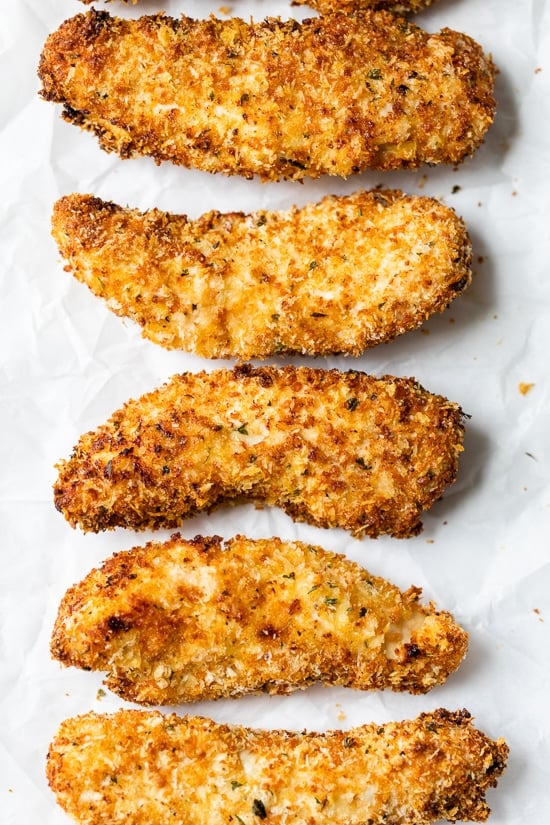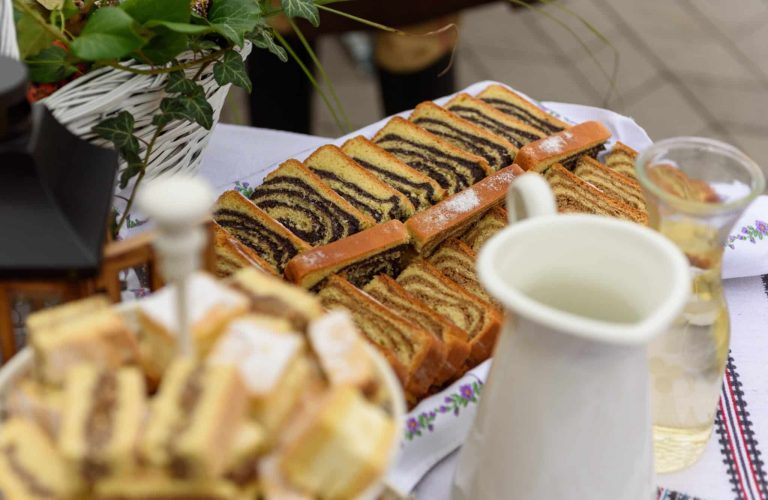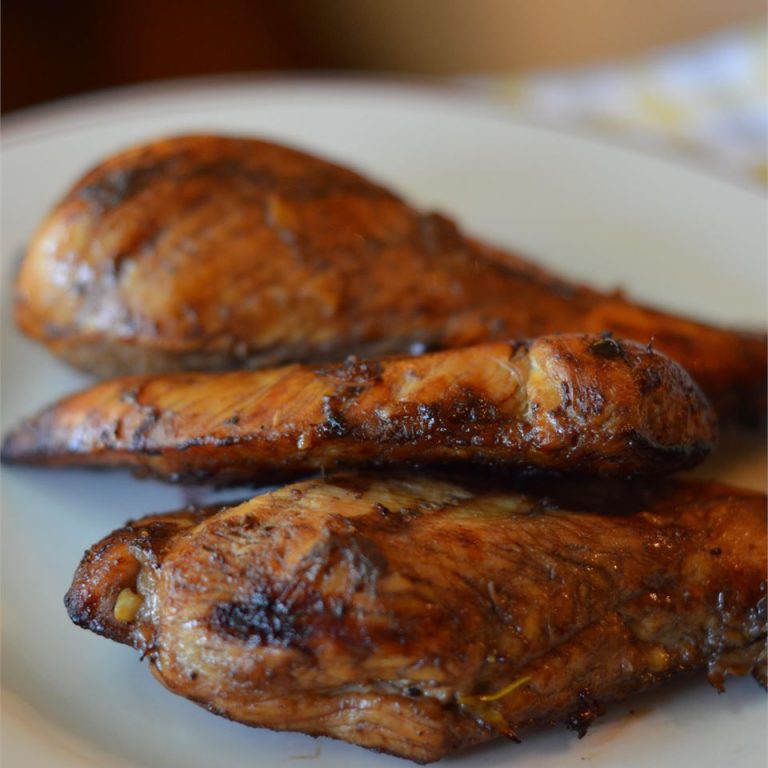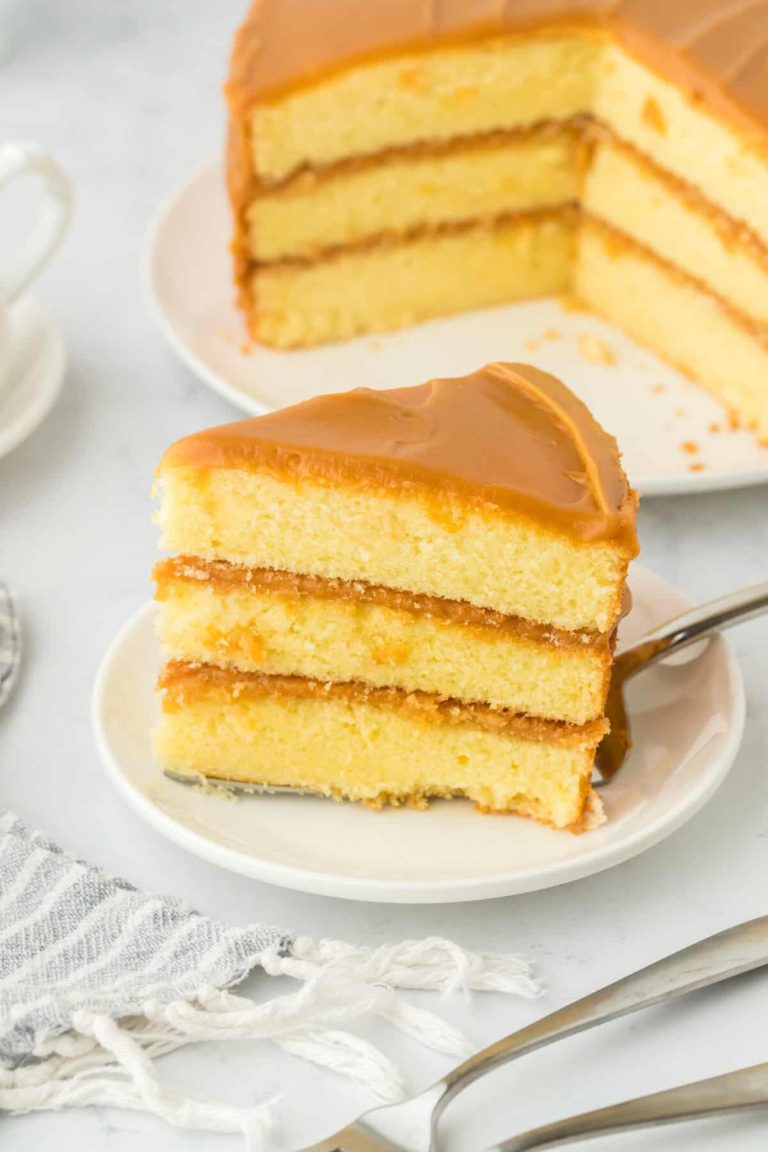Asian Style Paper Wrapped Chicken Recipe: Origins, Cooking Tips, and Nutritional Benefits
Paper wrapped chicken, known as “Chee Pow Kai” in Cantonese, originated in Southern China’s Guangdong province. This dish became popular in Hong Kong where it was a staple at banquets and family gatherings. The method of wrapping food in parchment or other materials dates back centuries in Chinese cuisine. Such techniques provided practicality and laminar flavor infusion at a time when modern cooking appliances weren’t available. Early recipes included marinating chicken with soy sauce, ginger, and Shaoxing wine, creating a profile rich in umami and aromatics.
Regional Variations
Regional variations of paper wrapped chicken showcase local ingredients and culinary traditions. In Sichuan, chefs might integrate Sichuan peppercorns for a numbing spice, whereas in Hainan, the marinade may include lemongrass and lime for a tropical twist. Malaysian and Singaporean adaptations include the use of pandan leaves, adding a unique fragrance and vibrant color to the dish. These regional variations reflect the adaptability of the dish, making it a versatile item across different Asian culinary landscapes.
Key Ingredients and Substitutions
Primary Ingredients
Asian Style Paper Wrapped Chicken relies on a blend of key ingredients. Each component contributes to this dish’s unique flavor and juiciness:
- Chicken Thighs: Offer a tender texture and rich flavor. Skinless, boneless chicken thighs are ideal.
- Soy Sauce: Adds a salty and umami flavor. Light soy sauce is often preferred.
- Shaoxing Wine: Enhances aroma and depth. This Chinese rice wine is a staple in many Asian recipes.
- Ginger: Provides a warm, spicy note. Fresh ginger is recommended for the best taste.
- Garlic: Contributes a pungent, savory flavor. Freshly minced garlic works best.
- Spring Onions: Add a mild onion flavor and vibrant color. Use both the green and white parts.
- Sesame Oil: Gives a nutty taste. Just a small amount is enough to enhance the overall flavor.
- Sugar: Balances the saltiness. White or light brown sugar can be used.
Possible Substitutes
If you need substitutes, consider the following options to maintain the dish’s essence:
- Chicken Breast: Substitute chicken thighs with chicken breast for a leaner option. Note it may be less tender.
- Tamari: Use Tamari instead of soy sauce for a gluten-free alternative. It offers a similar umami profile.
- Dry Sherry: Replace Shaoxing wine with dry sherry. The flavor will be slightly different but still complementary.
- Ground Ginger: Use ground ginger if fresh isn’t available. Adjust the quantity to avoid overpowering the dish.
- Garlic Powder: Substitute fresh garlic with garlic powder. Use less to match the intensity.
- Chives: Replace spring onions with chives. They offer a milder flavor and similar appearance.
- Olive Oil: Use olive oil instead of sesame oil if substitutes are necessary. The nutty note will be missing, but the dish will still taste good.
- Honey: Replace sugar with honey for a natural sweetness. Note that honey also adds a slight floral flavor.
These substitutions allow flexibility and ensure that you can still enjoy making and eating Asian Style Paper Wrapped Chicken.
Preparation and Cooking Techniques
Wrapping Procedure
Ensure each piece of chicken is properly marinated before wrapping. Start with large parchment paper or aluminum foil sheets, about 10×10 inches, ensuring enough space to fold securely. Place a marinated chicken piece in the center of the sheet. Fold the paper diagonally to form a triangle, then fold the edges tightly to seal the packet. This process locks in both moisture and flavors, making the chicken juicy and flavorful.
Cooking Methods
Opt for deep-frying or oven-baking based on your preference.
For deep-frying, heat oil to 350°F (175°C). Fry wrapped chicken packets until the exterior crisps and turns golden brown, usually around 4-5 minutes per side. This method gives a crunchy texture and rich flavor.
For oven-baking, preheat the oven to 375°F (190°C). Arrange wrapped chicken on a baking sheet, leaving space between each packet. Bake for 20-25 minutes, ensuring even heat distribution. This method results in a tender and less greasy finish, making it a healthier option.
Serving Suggestions
Side Dishes
Pair Asian Style Paper Wrapped Chicken with a variety of sides to complement its rich flavors. Steamed jasmine rice, for example, serves as a neutral base that absorbs the dish’s savory juices. Stir-fried vegetables like bok choy, bell peppers, and snap peas add both color and crunch. A fresh cucumber salad with a light sesame dressing refreshes the palate and balances the savory chicken. For a more filling option, serve with fried rice containing ingredients like eggs, peas, and carrots.
Sauce Pairings
Select sauces that enhance the taste of Paper Wrapped Chicken. A simple soy sauce with minced garlic and a dash of sesame oil accentuates the dish’s inherent umami. Sweet chili sauce offers a hint of sweetness and spice, creating contrast. For a more traditional pairing, mix oyster sauce with spring onions and a touch of ginger. Hoisin sauce, with its slightly sweet profile, also pairs well, especially when combined with a splash of lime juice.
Nutritional Information
Health Benefits
Asian Style Paper Wrapped Chicken brings several health benefits due to its lean meat and minimal use of unhealthy fats. Skinless chicken breast, often used in this recipe, provides a high-quality protein source, which helps in muscle building and repair. The marination process, typically involving garlic, ginger, and soy sauce, introduces antioxidants that support your immune system. Additionally, steaming the chicken preserves nutrients better than some other cooking methods.
Caloric Content
The caloric content of Asian Style Paper Wrapped Chicken varies based on preparation methods and ingredient quantities. On average, a serving size of about 3 ounces (85 grams) contains approximately 150-180 calories. This includes around 20 grams of protein, 4-6 grams of fat, and minimal carbohydrates. For a more accurate nutritional breakdown, consider the specific ingredients and portion sizes used in your recipe.
Conclusion
Asian Style Paper Wrapped Chicken offers a delightful culinary journey steeped in rich history and diverse flavors. By exploring various cooking methods and pairing options, you can customize this dish to suit your taste preferences while enjoying its nutritional benefits. Whether you choose to deep-fry or oven-bake, the marination process ensures a burst of flavors in every bite. Serve it with your favorite sides and sauces to create a memorable dining experience that’s both delicious and nutritious. Dive into the world of “Chee Pow Kai” and savor the intricate blend of tradition and innovation in every mouthful.






